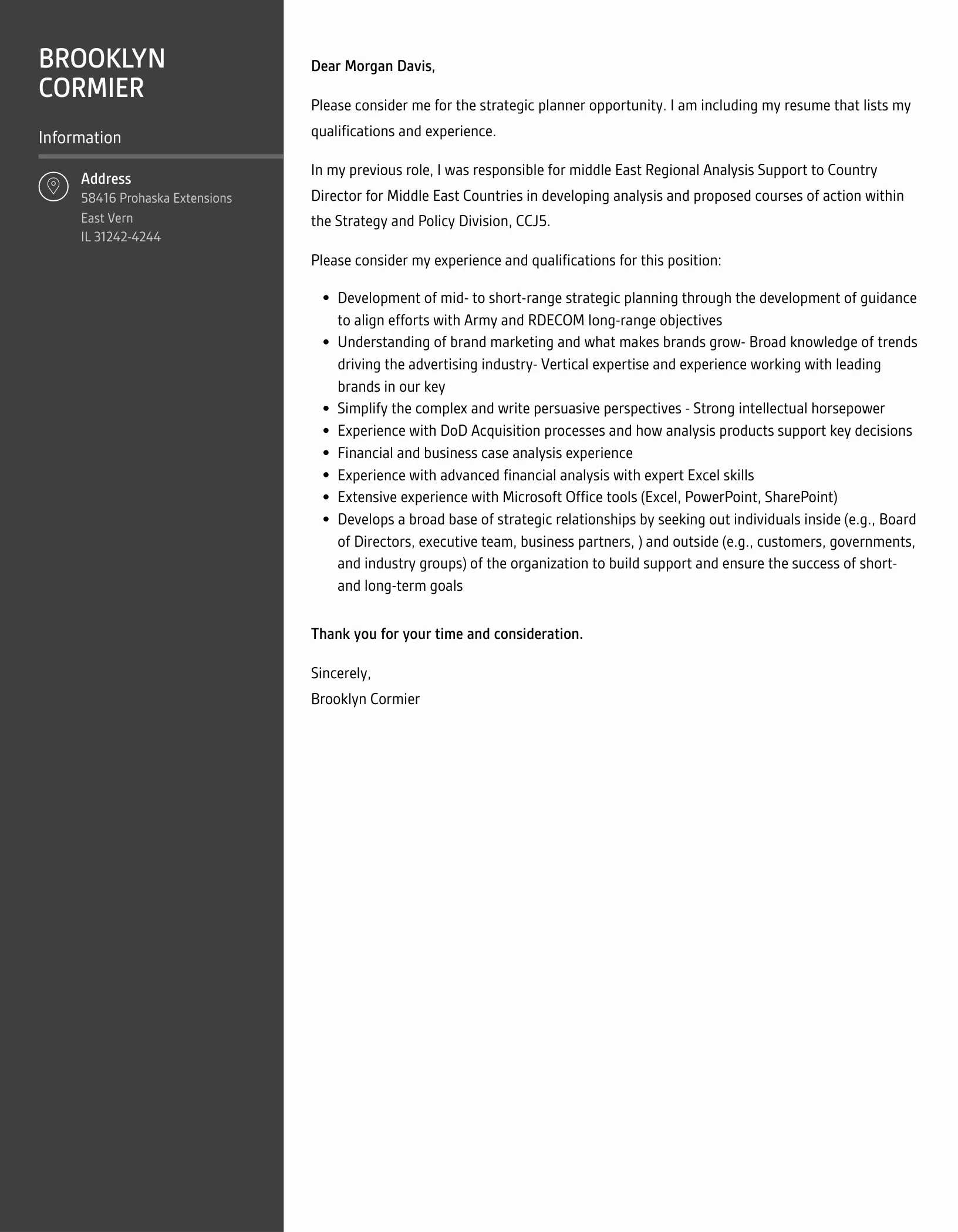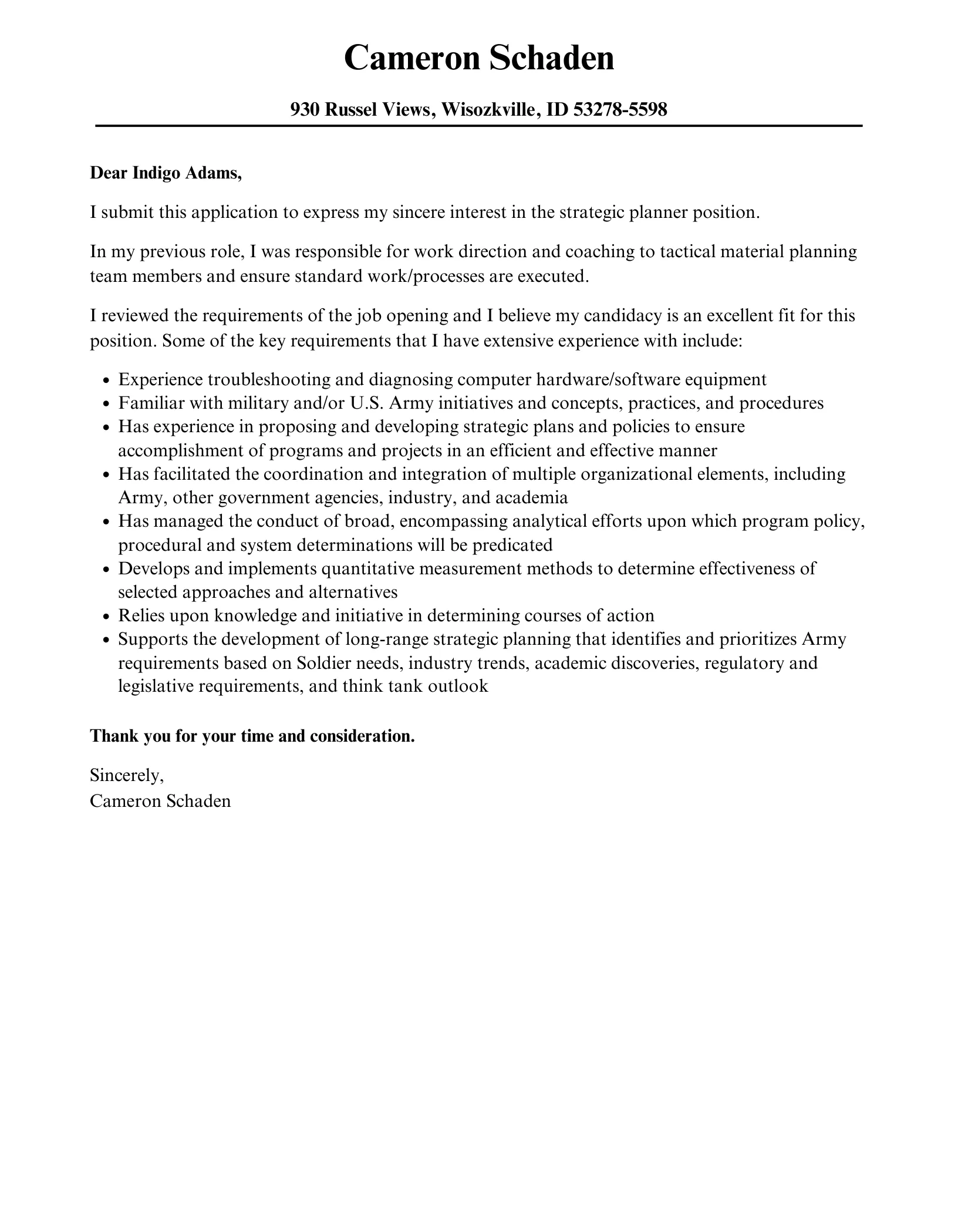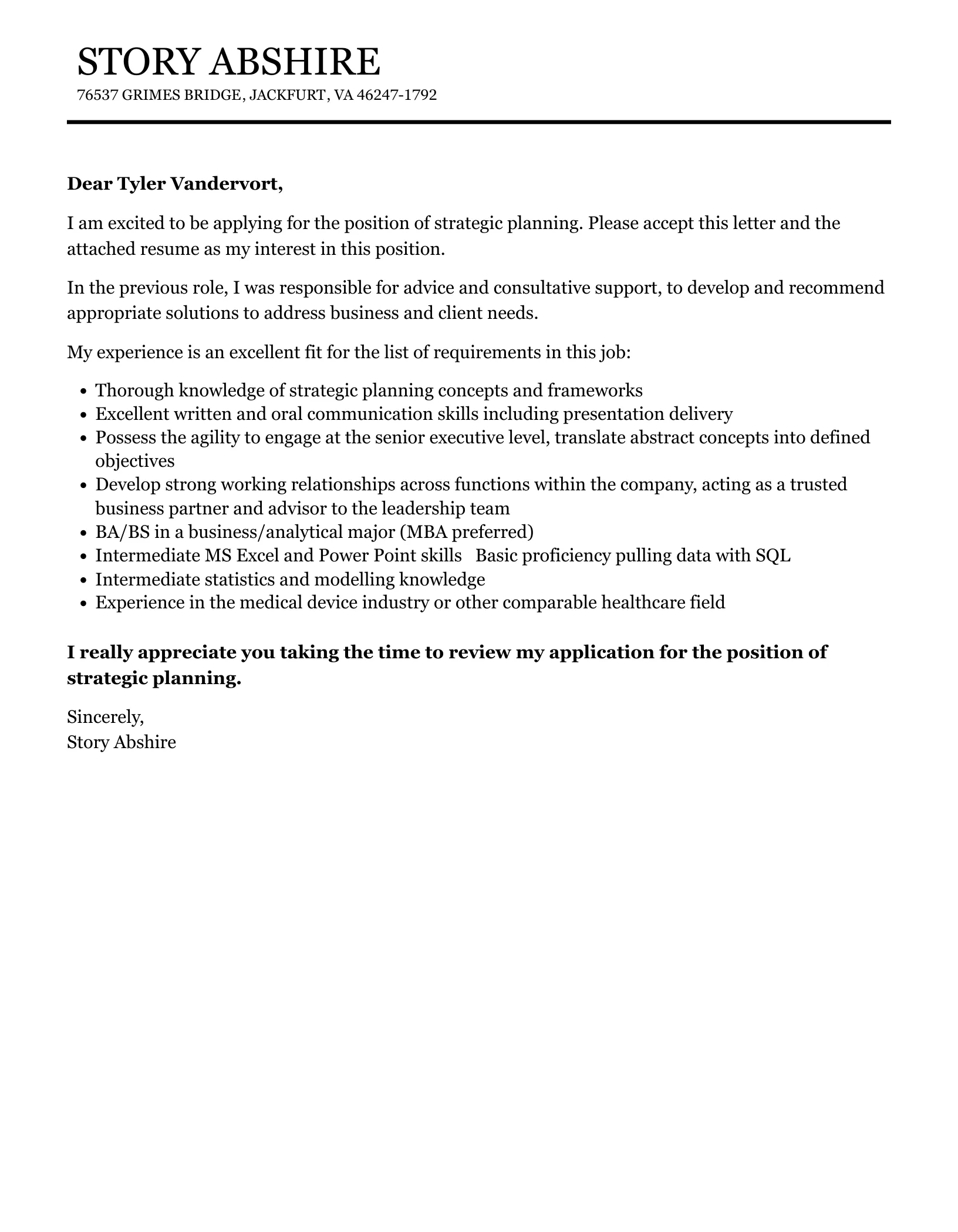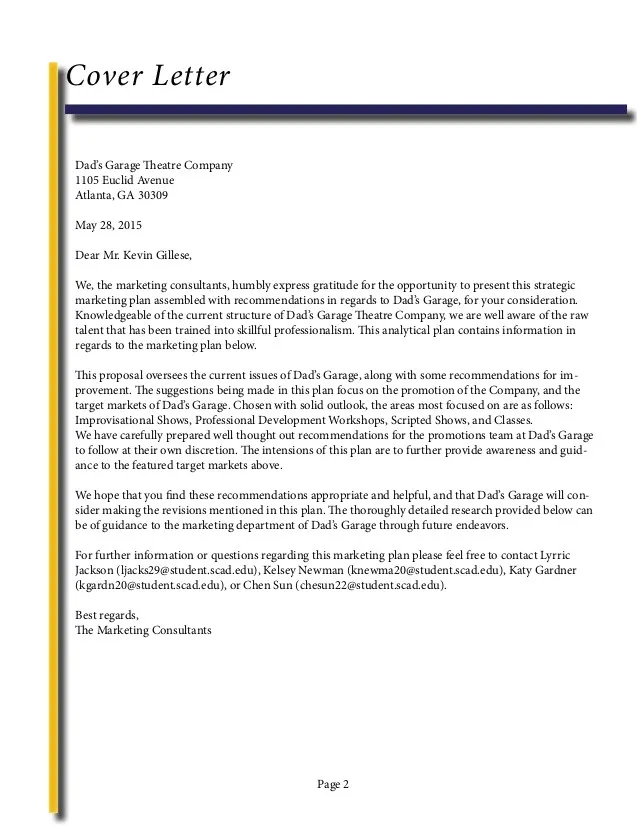What is a Strategic Plan Cover Letter?
A strategic plan cover letter serves as a crucial introduction to a comprehensive strategic plan. It’s not merely a formality; it’s a powerful tool to capture the reader’s attention and establish the value proposition of the plan. Unlike a standard cover letter that might focus on personal qualifications, this type of letter centers on the strategic plan itself, highlighting its objectives, key strategies, and anticipated outcomes. Its primary function is to provide a concise overview of the plan, emphasizing its alignment with the reader’s needs or organizational goals. The letter aims to entice the reader to delve deeper into the attached strategic plan document, setting the stage for a positive reception and understanding of the proposed strategies and their potential benefits. By carefully crafting this letter, you increase the likelihood that your strategic plan will be thoroughly reviewed and favorably considered.
Why is a Strategic Plan Cover Letter Important?
The significance of a strategic plan cover letter cannot be overstated. It is the first impression, acting as the gateway to your detailed strategic plan. Without a well-written cover letter, your plan might be overlooked, misunderstood, or even dismissed before it’s fully evaluated. The cover letter clarifies the context of the strategic plan, explaining why it was created, what problems it addresses, and what opportunities it unlocks. It succinctly communicates the plan’s core value, aligning the proposed strategies with the reader’s objectives, whether they be stakeholders, investors, or internal decision-makers. A compelling cover letter demonstrates foresight, professionalism, and an understanding of the target audience’s needs, building trust and setting a positive tone for the strategic plan itself. It serves as a guide, leading the reader through the complex details of the plan and ensuring they appreciate its relevance and potential impact.
Top 5 Tips for Writing a Strategic Plan Cover Letter

Writing a strategic plan cover letter effectively requires attention to detail and a clear understanding of your audience. Here are five essential tips to help you create a compelling cover letter that grabs attention and encourages deeper engagement with your strategic plan.
Highlight Key Achievements and Skills
While the primary focus is on the strategic plan, subtly mentioning relevant achievements and skills can boost your credibility. Briefly showcase your expertise in the areas addressed by the plan. For example, if your plan involves market expansion, mention any past successes you’ve had in similar ventures. This helps the reader understand your qualifications and assures them that you have the expertise to implement the proposed strategies. Tailor these mentions to be directly relevant to the plan’s objectives, reinforcing your ability to drive positive outcomes. Remember to keep these elements concise and integrate them naturally within the narrative of the letter, demonstrating your capabilities without overshadowing the strategic plan itself.
Focus on the Reader’s Needs
A successful strategic plan cover letter is reader-centric. It’s crucial to understand the audience’s priorities, pain points, and objectives. Tailor the letter to demonstrate how the strategic plan directly addresses their needs and provides solutions to their challenges. Frame the plan’s objectives in a way that resonates with the reader’s goals, showcasing the value it brings to their organization. Use language that reflects their specific interests and concerns. This approach makes the plan more relevant and persuasive, increasing the likelihood that it will be favorably received. By demonstrating a clear understanding of the reader’s perspective, you establish a connection that fosters trust and encourages a more thorough review of the plan.
Keep it Concise and Clear

Clarity and conciseness are paramount in a strategic plan cover letter. Keep the letter brief, typically no more than one page, to respect the reader’s time. Use clear and direct language, avoiding jargon or overly complex terminology. The goal is to communicate the essence of the strategic plan quickly and efficiently. Structure the letter logically, with a clear introduction, body, and conclusion. Each paragraph should have a distinct purpose, contributing to the overall message. Use bullet points or short paragraphs to break up text and make it easier to read. Ensure that the letter is easy to understand and quickly conveys the value of your strategic plan, enabling the reader to grasp the key concepts without delay.
Tailor Your Letter to Each Opportunity
Customization is key for a strategic plan cover letter. Avoid using a generic template for every situation. Research the recipient and the specific context of the strategic plan to tailor the letter effectively. Reference the specific goals of the organization or the individual you are addressing. Demonstrate that you understand their unique needs and challenges. Personalize the letter by mentioning any prior communications or shared connections. Tailoring your letter shows you’ve invested time and effort, increasing the chances of it making a positive impact. This targeted approach will distinguish your cover letter from others and make it more persuasive.
Proofread Carefully Before Submission
Before submitting your strategic plan cover letter, meticulous proofreading is non-negotiable. Errors in grammar, spelling, or punctuation can undermine your credibility and professionalism. Read the letter multiple times, paying close attention to detail. Use spell-check and grammar-check tools, but also manually review the text for any errors these tools might miss. Ask a colleague or friend to proofread the letter for an additional perspective. Ensure that all names, dates, and references are accurate. A polished cover letter conveys attention to detail and respect for the recipient, setting a positive tone for your strategic plan. Thorough proofreading ensures that your message is clear, compelling, and free from distractions, maximizing its impact.
Examples of Effective Strategic Plan Cover Letters

To further understand what makes a strategic plan cover letter effective, consider examining a few examples. These letters typically start by stating the purpose of the plan and summarizing its core objectives. They will then describe how the plan aligns with the reader’s goals or the organization’s objectives. You will see how achievements and skills are subtly mentioned to establish the sender’s credibility. These examples will demonstrate how to maintain a concise and professional tone, highlighting the value of the plan while respecting the reader’s time. Analyzing these models can provide insights into structure, tone, and language, helping you craft a cover letter that effectively conveys your strategic plan’s significance.
Common Mistakes to Avoid
Several common errors can render a strategic plan cover letter ineffective. Avoid vague language that fails to clearly state the plan’s purpose and benefits. Do not use a generic cover letter that does not specifically address the recipient’s needs or the context of the plan. Ensure your letter is focused on the plan, not solely on your accomplishments; while relevant, your skills and achievements should support the plan’s value. Avoid overly complex language that is difficult to understand. Always proofread carefully to prevent any errors that might undermine your professionalism. Overlooking these common pitfalls will enhance your cover letter’s effectiveness and increase the likelihood that your strategic plan will be considered favorably.
Formatting and Design Best Practices
The formatting and design of your strategic plan cover letter can significantly impact its readability and appeal. Use a professional font, such as Times New Roman or Arial, in a readable size (e.g., 11 or 12 points). Maintain consistent spacing and use clear paragraph breaks to make the letter easier to read. Keep the letter concise, ideally one page. Use headings and bullet points to organize information and highlight key points. The design should be clean and uncluttered, avoiding excessive use of colors or graphics. The goal is to create a visually appealing and easy-to-navigate document. A well-formatted cover letter demonstrates professionalism and respect for the reader’s time, increasing the chances of a positive response.
